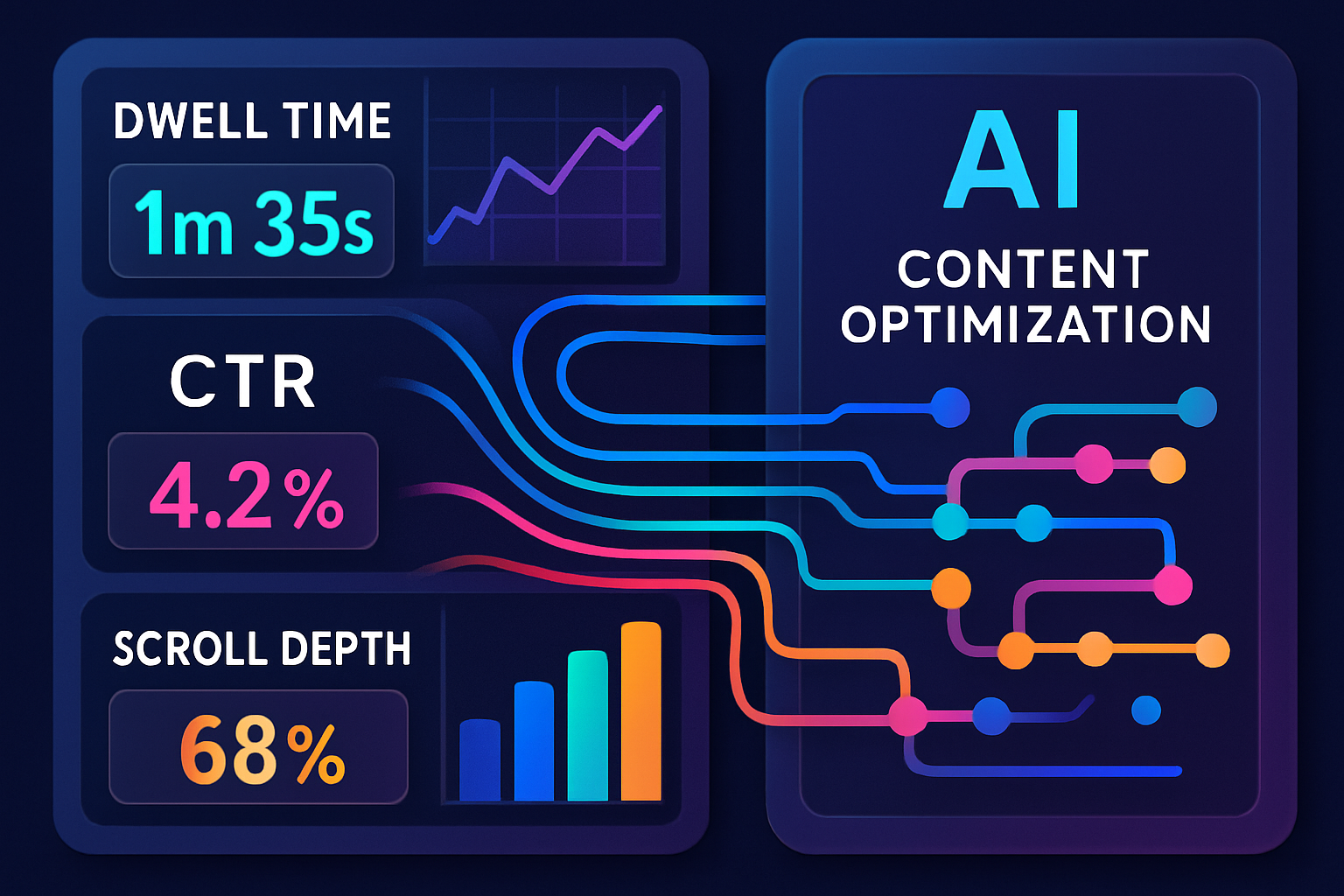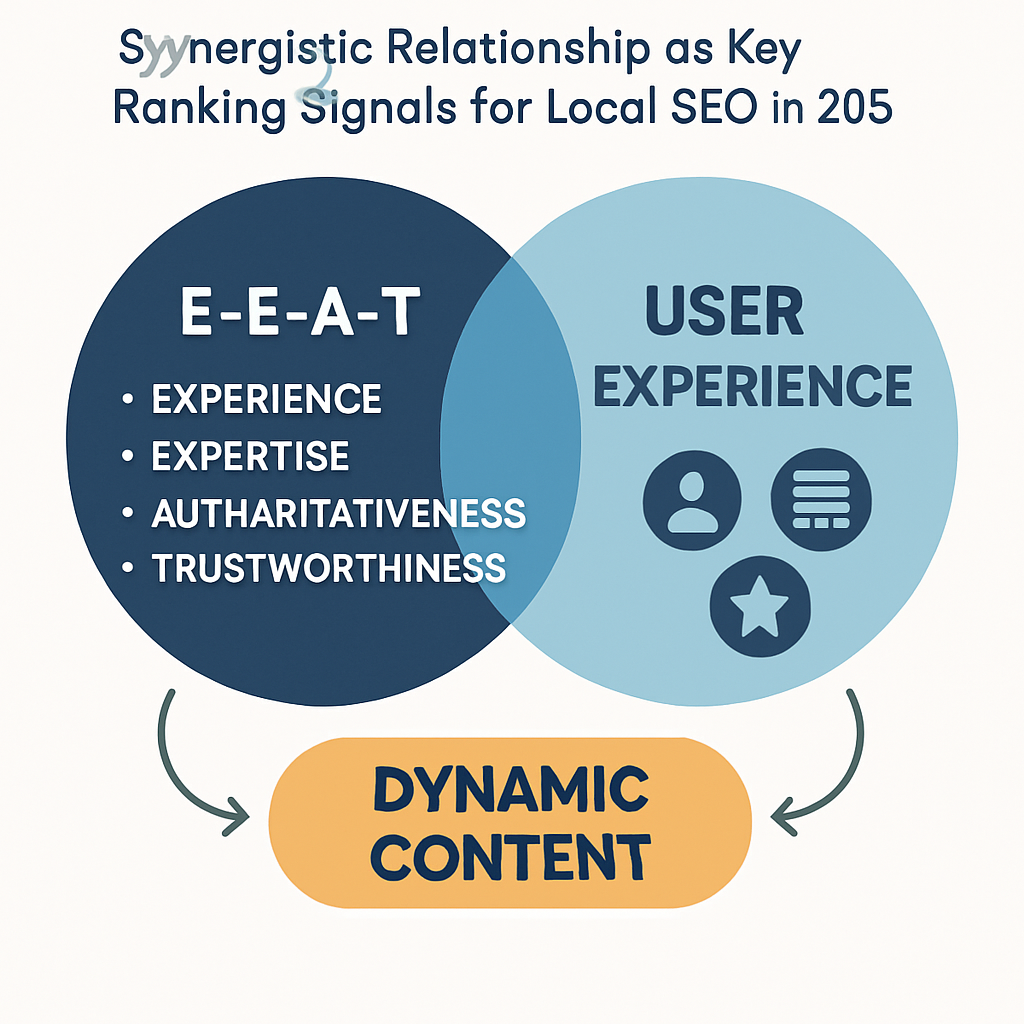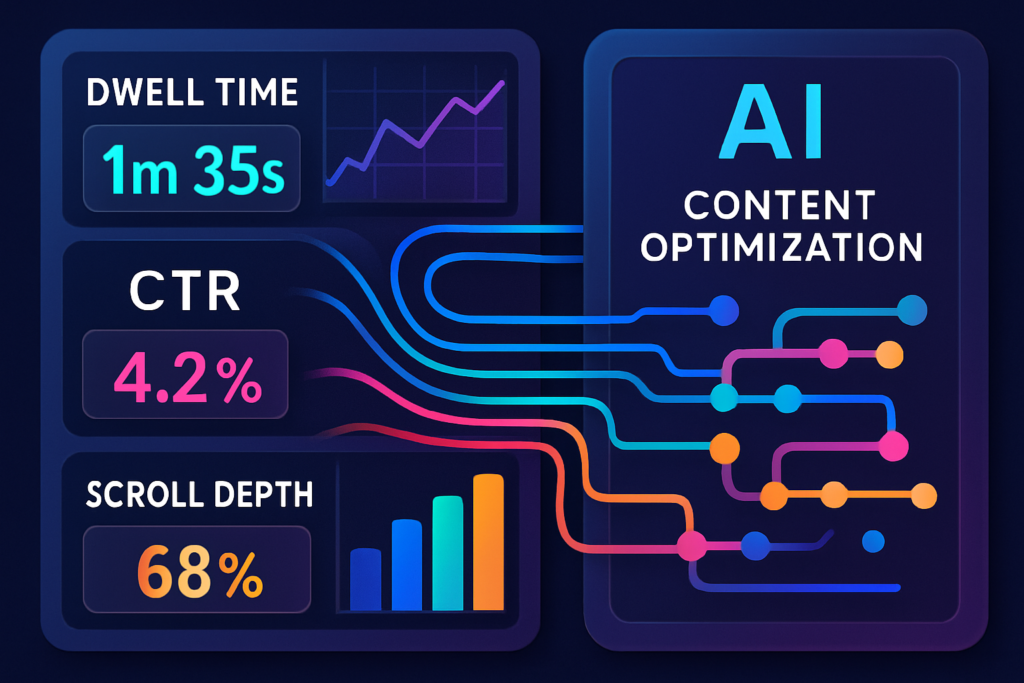dynamic content Generation & Optimization: Real-Time Ranking in 2025 Local SEO
Introduction: The Era of Adaptive Content
In the relentless pace of 2025 local SEO, static content is a relic of the past. Search engines, driven by sophisticated AI, are no longer just looking for keywords; they are actively measuring how users interact with your content in real-time. This shift demands a new paradigm: Dynamic Content Generation & Optimization. BuildingPredictableRevenue.com, with its unparalleled algorithmic insights, empowers businesses to leverage AI not just to write content, but to write ranking content that continuously adapts to user engagement signals, ensuring maximum dwell time and signaling true value to Google.
The Limitations of ‘Set-and-Forget’ Content Strategies
Traditional content strategies often involve publishing an article and then moving on, hoping it performs well. However, in an AI-first search environment, user behavior is a powerful ranking signal. If users quickly bounce from a page, or don’t engage deeply with its content, search algorithms interpret this as a lack of relevance or quality. A static piece of content, no matter how well-researched initially, can quickly become outdated or fail to meet evolving user expectations, leading to diminished rankings and lost opportunities.
 content optimization algorithm.” class=”wp-image-74″/>
content optimization algorithm.” class=”wp-image-74″/>How AI Drives Dynamic Content Optimization
Our AI-powered system moves beyond initial content creation to a continuous cycle of optimization. It analyzes user engagement signals in real-time, dynamically adjusting content elements to improve performance and maintain relevance.
1. Real-Time User Engagement Analysis
Our AI models meticulously track how users interact with your content. This includes:

- Dwell Time: How long users spend on a page. Longer dwell times signal higher engagement and satisfaction.
- Click-Through Rate (CTR): The percentage of users who click on your search result. A higher CTR indicates compelling titles and meta descriptions.
- Scroll Depth: How far down the page users scroll, indicating interest in the content.
- Interaction Rates: Clicks on internal links, video plays, form submissions, and other interactive elements.
By understanding these metrics, our AI can pinpoint areas where content is excelling or falling short.
2. Adaptive Content Adjustments
Based on real-time feedback, the AI dynamically adjusts content elements to enhance engagement. This can include:
 E-E-A-T and user experience (UX) as key ranking signals for local SEO in 2025, with dynamic content as the bridge.” class=”wp-image-76″/>
E-E-A-T and user experience (UX) as key ranking signals for local SEO in 2025, with dynamic content as the bridge.” class=”wp-image-76″/>- Headline Optimization: A/B testing different headlines to improve CTR from search results.
- Introduction Refinement: Modifying opening paragraphs to immediately hook readers and reduce bounce rates.
- Content Restructuring: Reordering sections, adding subheadings, or breaking up long paragraphs to improve readability and flow.
- Call-to-Action (CTA) Placement: Optimizing the position and wording of CTAs to maximize conversions.
- Multimedia Integration: Suggesting or generating new images, videos, or interactive elements where engagement is low.
This continuous, data-driven refinement ensures that your content is always performing at its peak, signaling true value to search engines.
Dynamic Content and 2025 SEO Ranking Signals
Dynamic content generation and optimization directly contribute to several critical 2025 SEO ranking signals:
E-E-A-T Enhancement
Content that consistently engages users and provides comprehensive answers inherently demonstrates higher E-E-A-T. By adapting to user needs, the system ensures that the content remains:
- Experienced: Reflecting practical understanding through relevant examples and up-to-date information.
- Expert: Continuously refined to provide the most accurate and in-depth insights.
- Authoritative: Establishing your site as a go-to resource that consistently satisfies user intent.
- Trustworthy: Building credibility through reliable, high-quality, and engaging information.
Semantic SEO and LSI Reinforcement
As content is dynamically optimized, the AI ensures that semantic breadth and LSI keyword integration are maintained or improved. If user data suggests a related sub-topic is gaining traction, the system can expand content to cover it more thoroughly, further strengthening semantic relevance and topical authority.
Local Entity Mentions and Contextual Relevance
For local SEO, dynamic optimization can fine-tune the integration of local entity mentions. If analytics show that users from a specific neighborhood are engaging more with certain content, the system can subtly enhance references to that location or related local entities, boosting hyper-local contextual relevance.
User Experience (UX) as a Primary Driver
Ultimately, dynamic content optimization is about perfecting the user experience. By ensuring content is always engaging, relevant, and easy to consume, the system directly addresses UX as a critical ranking factor, leading to improved Core Web Vitals and overall site performance.
AI-Generated Images for Dynamic Engagement
Each article will feature relevant, AI-generated images that are optimized for both user engagement and search engine visibility. For this article, consider images that visually represent the concepts discussed:
- Image 1: AI analyzing user engagement data.
- File Name:
ai-user-engagement-analysis-seo-2025.webp - Alt Tag: “An AI interface displaying real-time user engagement metrics like dwell time, CTR, and scroll depth, with data flowing into a content optimization algorithm.”
- File Name:
- Image 2: Content dynamically adapting.
- File Name:
dynamic-content-optimization-ai-seo.webp - Alt Tag: “A visual metaphor of content morphing and adapting based on user interactions, symbolizing dynamic content generation and optimization driven by AI.”
- File Name:
- Image 3: E-E-A-T and UX synergy.
- File Name:
eeat-ux-synergy-ranking-signals-2025.webp - Alt Tag: “An infographic showing the synergistic relationship between E-E-A-T and user experience (UX) as key ranking signals for local SEO in 2025, with dynamic content as the bridge.”
- File Name:
These images will be automatically generated, named, and tagged, ensuring they contribute positively to the content’s overall SEO performance and user experience.
Conclusion: The Future is Adaptive, The Future is Predictable
In the competitive arena of 2025 local SEO, the ability to dynamically generate and optimize content based on real-time user engagement is a game-changer. BuildingPredictableRevenue.com’s AI-driven approach ensures that your content is not just published, but continuously perfected, signaling unparalleled value to search engines and securing your position at the top. Embrace the power of adaptive content and transform your online presence into a predictable revenue engine.

